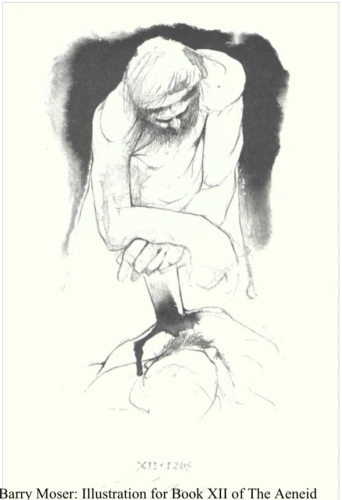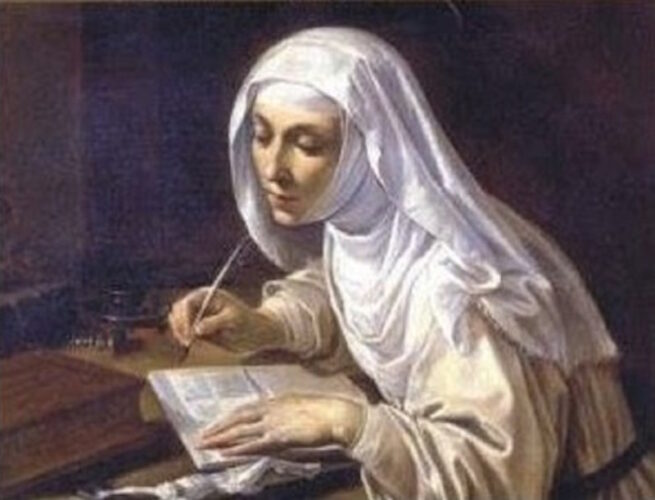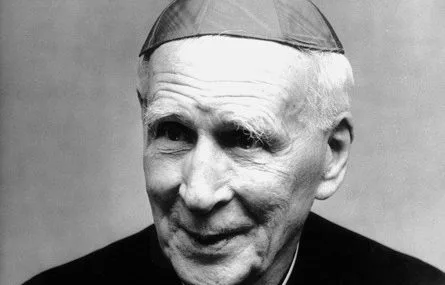
Lepanto, Prayer, & The Game of Martyrs
Yesterday, October 27, was the day Pope Francis specified as a day of prayer for peace. My local parish, unencumbered by desire for moral clarity, invited all parishioners to a noon Mass followed by a special rosary for peace—in the abstract.
Refusal to take sides burlesques the famed events of 1571 when Christendom kept churches open and prayed the rosary during the Battle of Lepanto. Yes, Pope Pius V enjoined all Christians to pray. But not for peace. He called them to pray that the Holy League would defeat the formidable Ottoman fleet. Continue Reading





